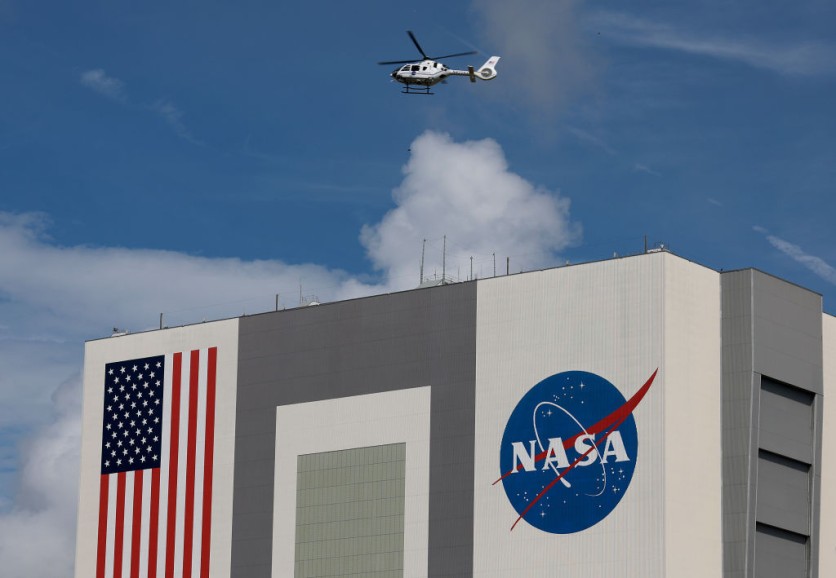NASA is making sure that future air vehicles will travel across cities without causing any disruption by introducing new air mobility solutions for moving people and cargo.
Hence, the space agency created the Data & Reasoning Fabric (DRF) project.

All About the DRF
DRF develops technologies to enable autonomous aerial activities to operate safely. Its goal is to create a networked, interconnected "fabric" of intelligence that transmits location-specific, customized information to aircraft.
The DRF team is finding ways to reduce airspace congestion and boost safety in the future while connecting people and services. Hence, the team is testing its technology for the first time in a simulated city based on the Phoenix metropolitan area in February and March.
The project's system assembles multiple data sets from many providers and uses artificial intelligence-powered reasoning services for complex and dynamic airspace.
Operators and autonomous aircraft will be able to make timely judgments with the web, or "fabric" of intelligence that DRF will provide.
Early in February, Maricopa, Pinal, Pima, and Yuma Counties in Arizona launched field trials for the current prototype system in more than 22 cities with the help of NASA's partners.
In the Phoenix test, several instances where DRF might be helpful are examined in the context of a hypothetical drone flight that transports medical supplies and equipment from downtown Phoenix to the furthest reaches of the region.
Possible scenarios could involve rerouting an air taxi to avoid a sudden dust storm or delivering insulin to patients who live in areas with poor access to medical care.
The test participants are evaluating their capacity to choose data and reasoning services that allow safe and autonomous flight while operating within the digital environment made by DRF.
DRF's ability to quicken airborne emergency response was demonstrated in a recent test with the California wing of the Civil Air Patrol.
The DRF technology ALSO assisted in finding lightning-caused wildfires more quickly than usual using simulated drone flights, according to NASA.
Read Also : New NASA Mars Challenge Wants Your Help Creating Virtual Reality Environment! Here's How to Join
Current Field Test
The current field test conducted by DRF examines how well its system can support rerouting an aircraft as a result of a variety of anomalies, including communication breakdowns between the aircraft and weather sensors, navigational aids, or ground control.
When such circumstances arise, DRF technology will warn an aircraft as it approaches one of these anomalies and connect it to services that can provide guidance.
DRF employs edge computing - a system that handles, processes, and stores data locally, at the "edge" of the network, as opposed to sending it to the cloud or a data center. NASA explains that this lessens transmission delays, allowing for faster decision-making in time-sensitive circumstances.
Related Article : NASA's Atmospheric Waves Experiment Completes Critical Space Environmental Tests - ISS Launch Coming Soon

ⓒ 2025 TECHTIMES.com All rights reserved. Do not reproduce without permission.




